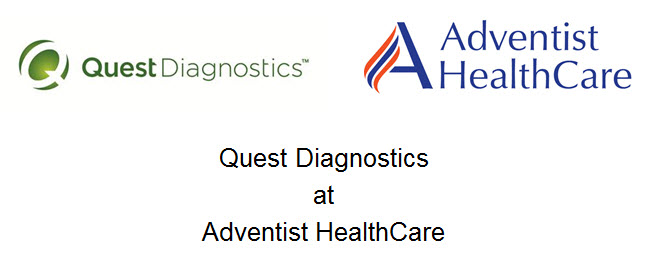|
|
| A B C D E F G H I J K L M N O P Q R S T U V W X Y Z # |
HTLV-I/II Antibody, with Reflex to Confirmatory Assay
Test Code36175
Includes
If HTLV-I/II Antibody is Reactive, then HTLV-I/II Antibody, Confirmatory Assay will be performed at an additional charge (CPT code(s): 86689)
Preferred Specimen
2 mL serum
Minimum Volume
1 mL
Other Acceptable Specimens
Plasma collected in: EDTA (lavender-top) tube
Instructions
- If testing is done as an “exposure”, please note this on the request slip or use the Employee Health Exposure order form. The patient will not be charged and results will not appear on the chart.
- A consent form is to be signed by the patient prior to collecting the specimen or performing the test.
Transport Container
Transport tube
Transport Temperature
Refrigerated (cold packs)
Specimen Stability
Room temperature: See instructions
Refrigerated: 14 days
Frozen: 30 days
Refrigerated: 14 days
Frozen: 30 days
Methodology
Screen: Immunoassay (IA) • Confirmation: Immunoblot (IB)
Setup Schedule
Set up: Mon, Wed, Fri, Sat, Sun; Report available: 1-3 days (reflex: 2-7 days)
Reference Range
Non-Reactive
Clinical Significance
This test is intended to aid in the clinical diagnosis of Human T-lymphotropic Virus Type I (HTLV-1) or Type II (HTLV-II) infection. An ELISA is used for the initial detection of antibodies to HTLV-I/II. Specimens with reactive ELISA results reflex to supplemental testing using a line immunoassay (LIA) for confirmation and
differentiation of HTLV type.
While the ELISA assay is highly sensitive, specimens containing low titers of antibodies from certain areas of endemicity, or specimens from early sero-converters may be missed. Repeat testing should be considered where there is clinical suspicion of HTLV-I or HTLV-II infection. Nucleic acid amplification test (NAAT) can be used to detect infected individuals either with low antibody titers or within the window period prior to the development of an antibody response. For samples with reactive ELISA and indeterminate resulting using LIA, further investigation should be considered, including repeat testing in 3 months by serology or NAAT.
differentiation of HTLV type.
While the ELISA assay is highly sensitive, specimens containing low titers of antibodies from certain areas of endemicity, or specimens from early sero-converters may be missed. Repeat testing should be considered where there is clinical suspicion of HTLV-I or HTLV-II infection. Nucleic acid amplification test (NAAT) can be used to detect infected individuals either with low antibody titers or within the window period prior to the development of an antibody response. For samples with reactive ELISA and indeterminate resulting using LIA, further investigation should be considered, including repeat testing in 3 months by serology or NAAT.
Performing Laboratory
Quest Diagnostics Nichols Institute
14225 Newbrook Drive
Chantilly, VA 20153

